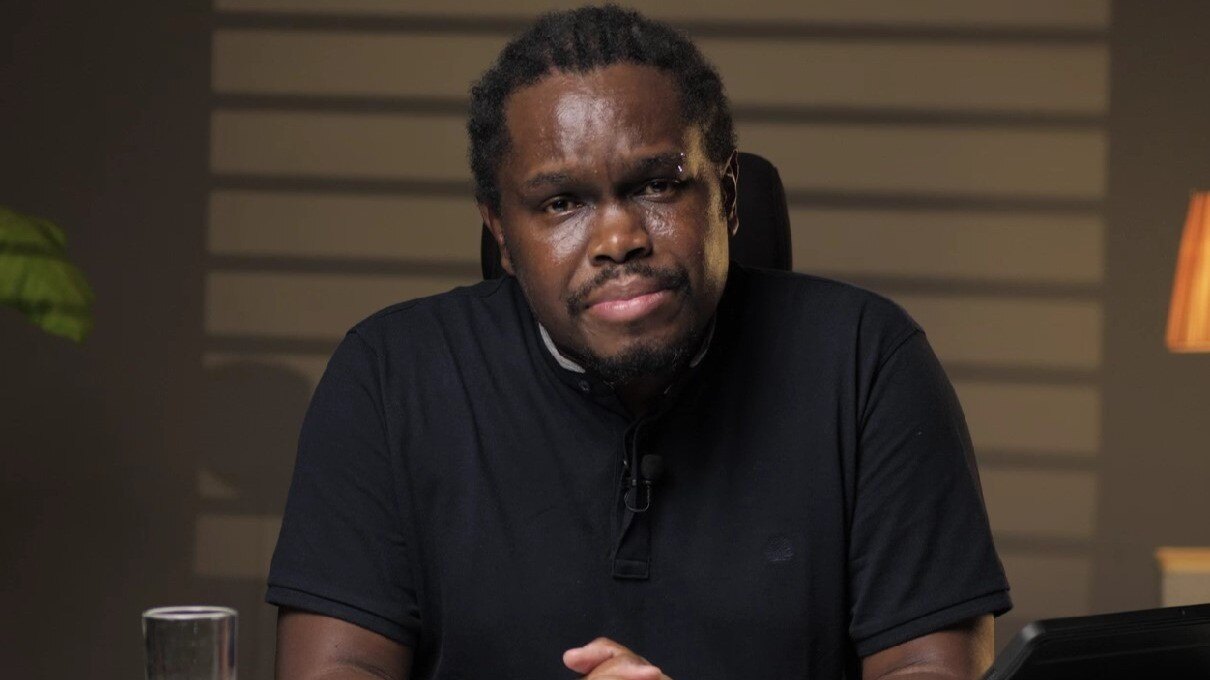Disinformation and Peacebuilding: Why Effective Communication Drives Conflict Transformation
By Lucy Marx, Senior Expert, INCAS
Pervasive and powerful, disinformation is one of the most pressing global challenges of our time. For the second year in a row, it was identified as the top short-term risk by the World Economic Forum’s (WEF) Global Risks Report 2025. It is an urgent issue not just because it undermines facts, but because it erodes the trust and social cohesion necessary for any form of meaningful progress—governance, cooperation, and especially peace. Finding ways to counter its harmful impacts remains an urgent priority.
A recent report by the Berghof Foundation highlights how peacebuilders can play a decisive role in addressing the harms of disinformation. The report outlines how tools from the peacebuilding field—mediation, conflict resolution, reconciliation, and storytelling—can help individuals and societies build resilience against harmful narratives. But for this to really work, an integrated approach needs to be applied, combining peacebuilding techniques with policy efforts and the effective use of technology.
Our work at INCAS aligns strongly with these insights. We support conflict resolution and social impact through a foundation of rigorous, contextual analysis and effective communication. Our efforts include social listening systems to monitor and counter misinformation, dialogue processes to foster social cohesion, and long-term research across peace and security domains.
Understanding disinformation as a system
To effectively address disinformation, we must first understand what it is—and what it is not. It is more than just the spread of false information. The report stresses that disinformation is structural and systemic. It is often produced with intent to harm, and then shared more widely by individuals who may not intend to deceive at all.
This is where the distinction between misinformation and disinformation becomes important. The former may be shared in error; the latter is created and deployed with malign intent—often to destabilise societies or deepen division.
Yet, studies show that most disinformation spreads not through malicious users, but through everyday digital behavior. People share emotionally charged content to stay connected, express outrage, or reinforce their social identity online. In many cases, emotional content outpaces even verified news in terms of reach. Addressing disinformation must therefore involve more than stopping the source—it requires transforming the social and emotional conditions that allow it to spread.
Where peacebuilding comes in
Peacebuilding offers an integrated and human-centered approach to addressing these conditions.
Unlike approaches that focus solely on technical solutions, peacebuilders start from a broader view: that peace is not just the absence of conflict, but the presence of justice, inclusion, and understanding. Drawing on a wide array of skills, peacebuilders can:
- Conduct conflict analysis to uncover the root causes of disinformation.
- Facilitate mediation and dialogue to rebuild trust and inclusion.
- Promote reconciliation that supports long-term healing.
- Use storytelling to build empathy across divides.
- Apply moral imagination to help societies envision new ways of living together.
This work is both preventative and transformative, shaping environments that are more resilient to disinformation in the first place.
Examples in practice
The Berghof Foundation report highlights several practical examples of how these approaches are working on the ground.
- Pollicy, a feminist collective, focuses on combating gender-based digital violence and disinformation. Their projects span countries across Africa and aim to raise awareness and improve digital literacy among women in leadership and media.
- The Reducing Online Conflict Community (ROCC), initiated by Mercy Corps in Nigeria, brings together civil society actors, journalists, social media platforms, and influencers to collaboratively address disinformation. It creates a space where stakeholders who don’t normally work together can align their efforts.
- #vrschwrng, developed by the Berghof Foundation, is a youth-oriented toolkit used in Germany to help young people identify and counter conspiracy theories. Workshops have reached over 3,000 young people so far. Out of #vrschwrng grew the Digital.Truth project, in which young people and their parents and teachers are provided with safe spaces to discuss disinformation and conspiracy theories.
- The Centre for Humanitarian Dialogue (HD) applies its mediation expertise to online behavior. Recognising a “supply chain of disinformation”—comprising production, distribution, and consumption—HD focuses on the first two stages. It works with disinformation producers to develop codes of conduct and engages social media platforms to enhance oversight in fragile contexts.
Key takeaways for the sector
These examples show what is possible when peacebuilding is combined with innovation and collaboration. But the report also reminds us that for peacebuilders to succeed in countering disinformation, several factors are essential:
- Engaging across sectors by bringing in policy, tech, media, and academia.
- Adapting to local contexts through understanding cultural dynamics and digital realities.
- Ensuring long-term investment—not just financial, but in trust and capacity-building.
The report identifies two key challenges that need urgent attention: the growing role of artificial intelligence in amplifying disinformation, and the chronic underfunding of long-term disinformation response efforts.
The report offers five strategic recommendations:
- Adopt a systems-based strategy that enables cross-sector collaboration.
- Apply insights from cognitive science to prevent both disinformation production and spread.
- Use a gender lens to better protect women and marginalised communities, who are disproportionately targeted by disinformation.
- Integrate disinformation responses into education, mediation, and peace efforts.
- Invest in local research and practice to better understand the diverse ways that disinformation operates globally.
As the disinformation landscape evolves, so must our responses. At INCAS, we are committed to using communication as a tool for peace—and to ensuring that our work remains rooted in facts, empathy, and inclusion.
 By
By


